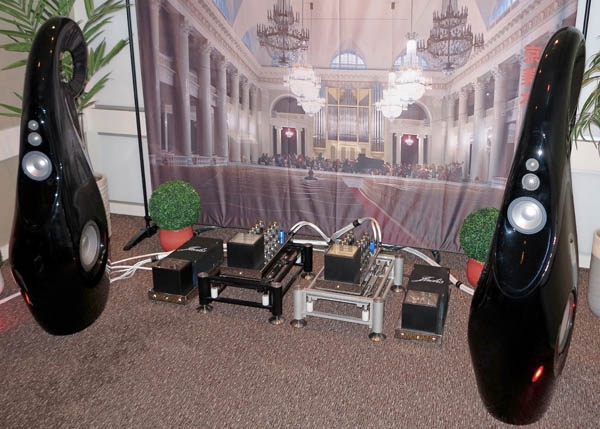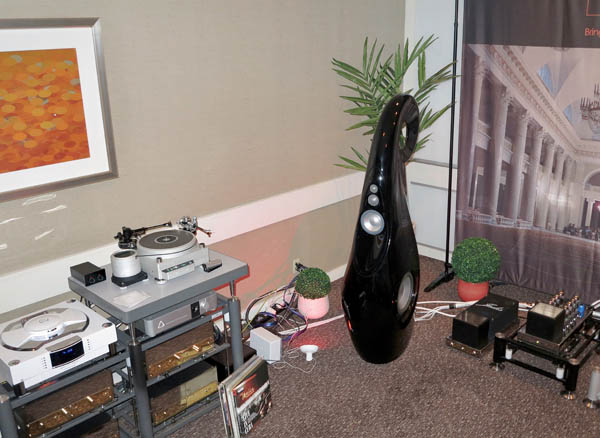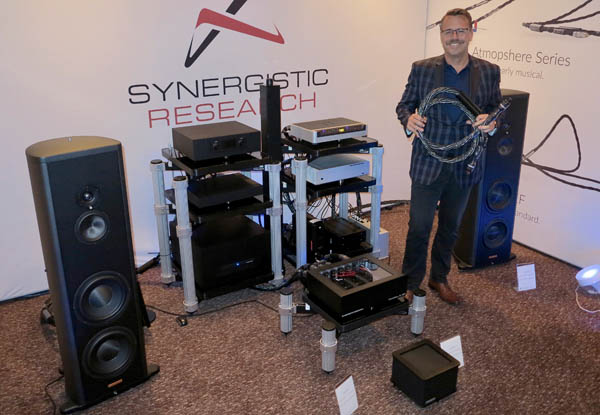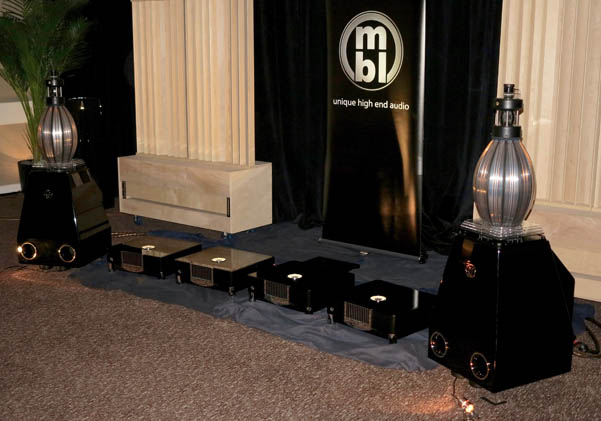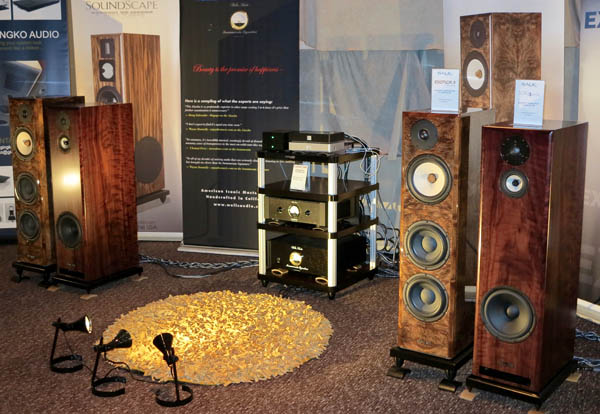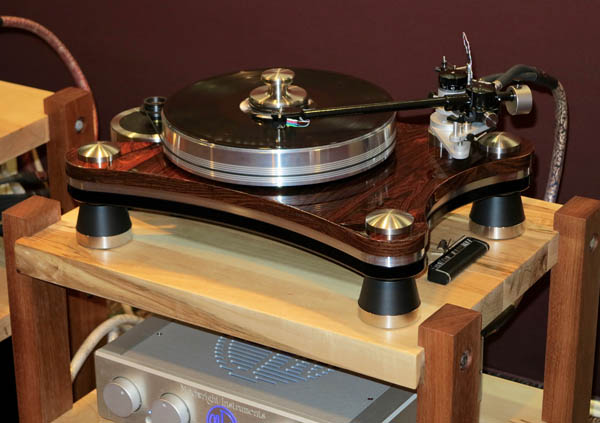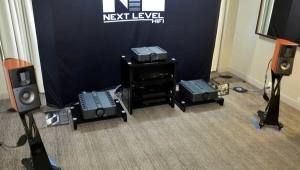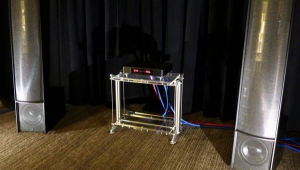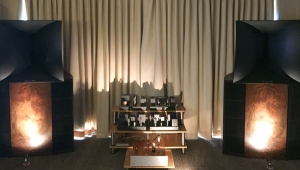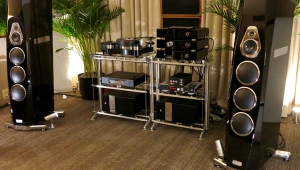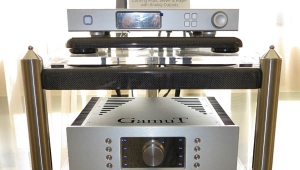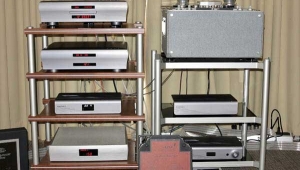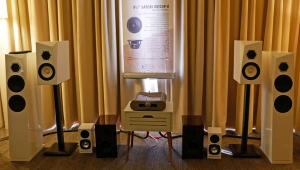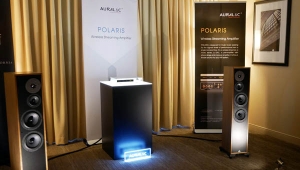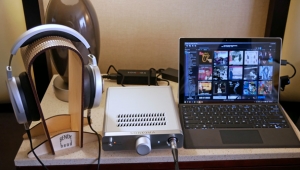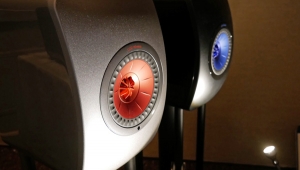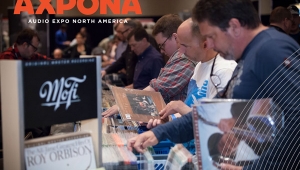| Columns Retired Columns & Blogs |
Hi Jason - there's an opportunity on the part of show organizers, exhibitors, audio media and attendees to pay more attention to common courtesy. If when walking into a room I encounter both exhibitors and audience blabbing away at full volume over the music that's my cue to turn around and walk out, as obviously that system is not worth spending any time listening to (or if it is, I'm not going to be able to hear anyway).
Personally, I understand that if a press person happens to walk in the exhibitor is going to cater to them: getting publicity and favorable comments is a major reason why the exhibitor has invested in the room and the media person needs to do their job and move on. Unfortunately a few of your colleagues do this in a particularly obnoxious fashion and/or some exhibitors display the finesse of a United Airlines attendant. . . [text deleted by John Atkinson]
